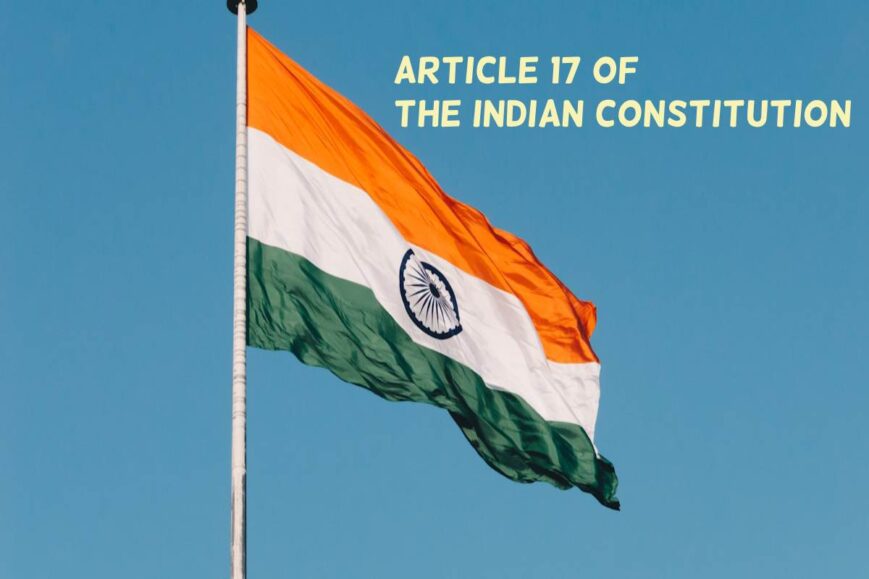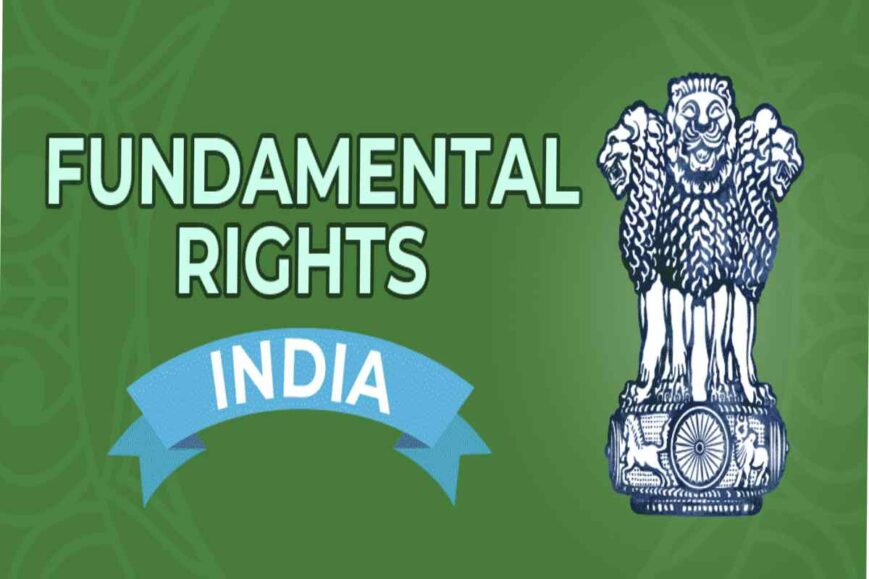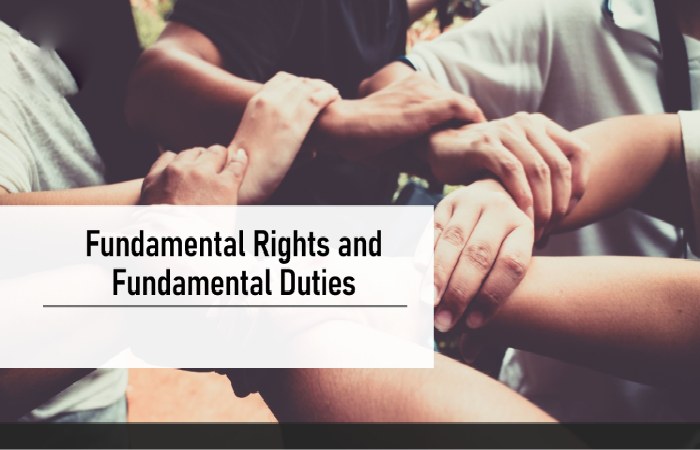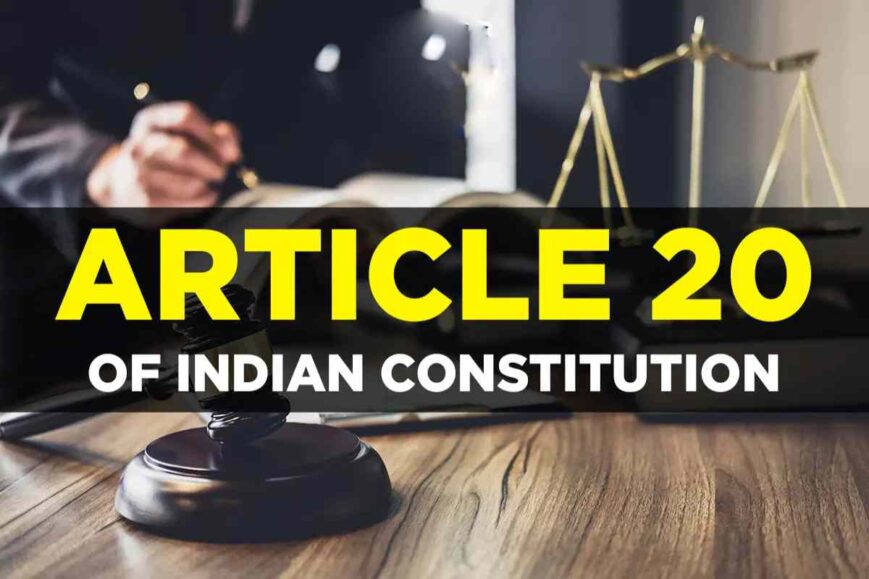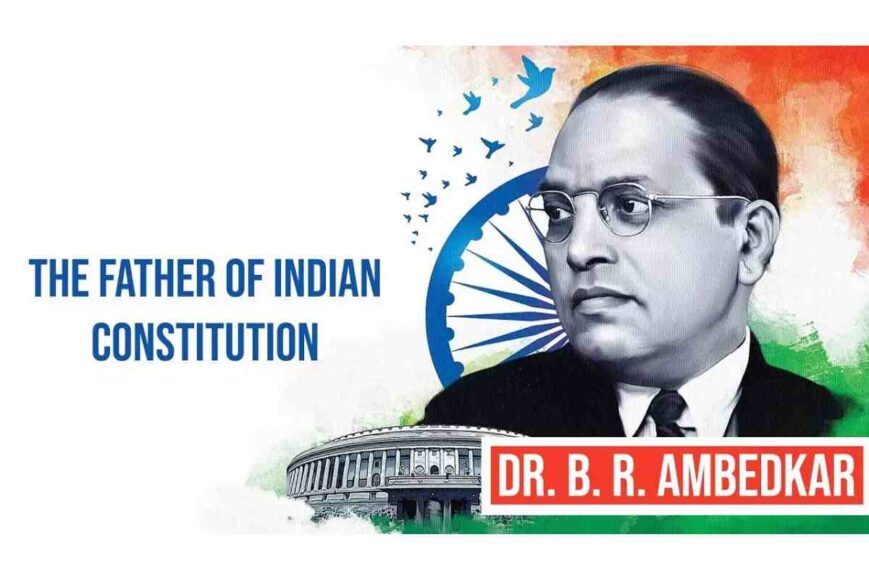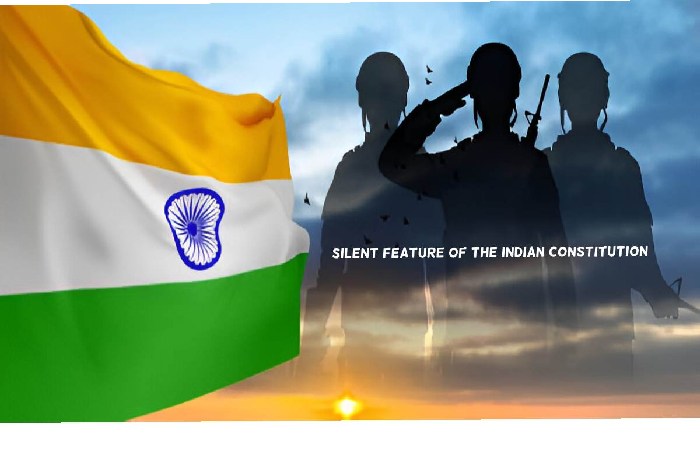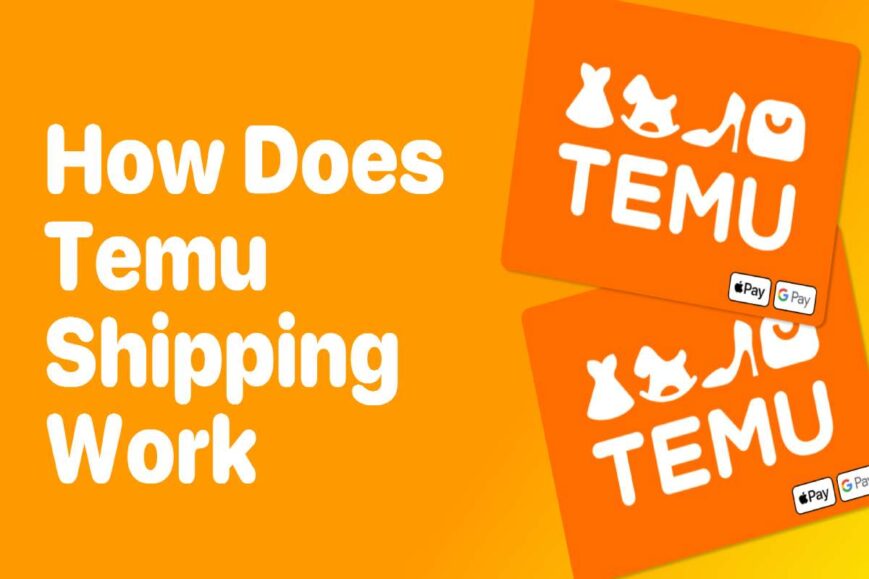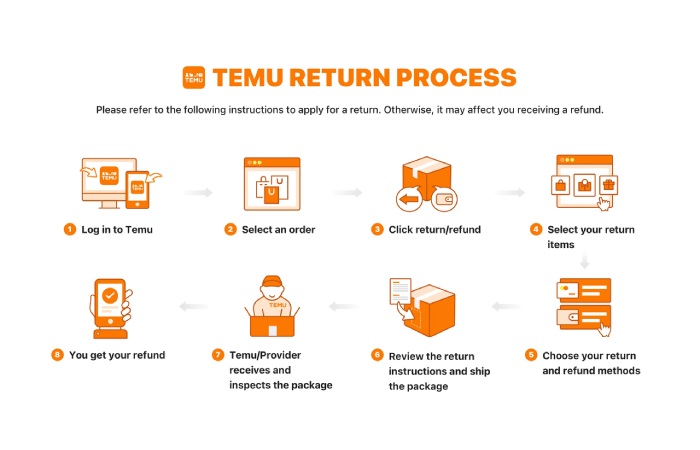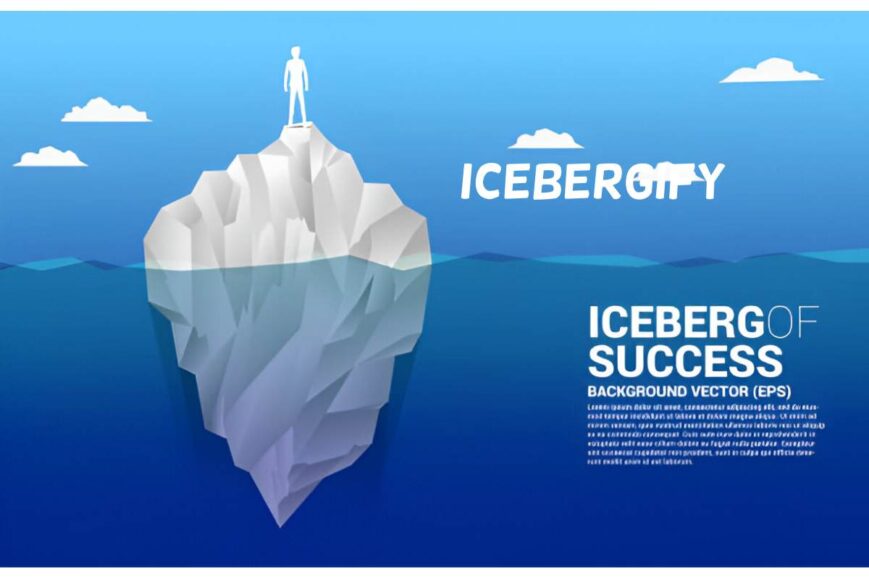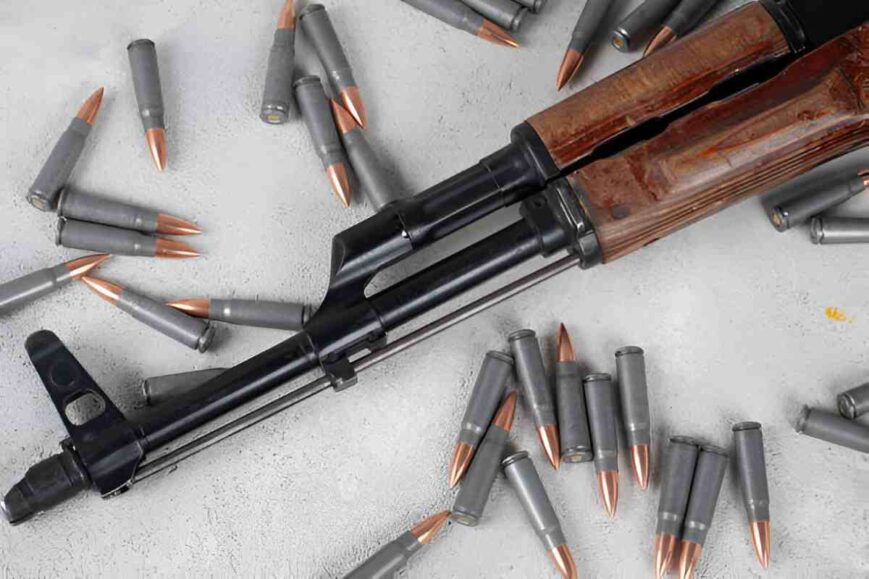Article of 17 of the Indian Constitution deemed untouchability as an offense and banned the practice. It was the first effort made towards the abolition of the inhuman caste system that had been an eyesore to Indian society.
Article 17 Proposed Amendments The article states:
“Untouchability is an offense, and its practice in any form is unlawful. Any contract which confers disability arising out of untouchability is unlawful.”
It made untouchability and the practice of untouchability a punishable offense throughout India. It was intended to rid society of the horrific discrimination and injustice that the” lower” castes had suffered for centuries.
Why Was This Important?
Caste bar had introduced social, economical, political and even religious enslave many Indians because of their birthright.
So-called “untouchables” faced massive discrimination in all walks of life. As we saw, even those engaging in hereditary occupations described as ‘polluted’ or ‘untouchables’ of caste were the target of appalling prejudice nearly across all facets of life.
- What they had to do was reside in eras that were prohibited to them for instance in regions, villages or cities.
- It Prevented sharing ordinary amenities such as a well, temple, or other sacred area.
- They are supposed to do lowly tasks below the standard of the ‘upper’ castes.
- Suffer social ostracization, being beaten up, and sometimes killed for ‘violating’ caste diktats.
By eradicating untouchability in its constitution, the founding fathers of the Indian state put an end to caste prejudice. It was the first move in the right direction to tackle social injustice and provide justice to everyone.
It became apparent simultaneously that isolating untouchability would be insufficient to eradicate the practice. One only needs to remember that prejudice and discrimination cannot be eliminated by passing new laws.
Consequently, Article 17 provided the basis for further affirmative action in subsequent years. particularly concerning the policies of reservation and quota systems.
Critical Takeaways Article 17 of the Indian Constitution
The Constitution of India forbid the practice of untouchability.
- It rendered any disability that may be imposed due to untouchability a criminal offense.
- It was an excellent beginning to bring an end to the age-long discrimination in the caste system in the country.
- However, it is worth mentioning that legislation can never eradicate the root causes of social maladjustments, such as sin and evil.
- The fight for coming out of the caste prejudice is still on even today through organizations and positive discrimination.
Even though Article 17 was a significant milestone in the legal framework. There is a long way to go to build a discrimination-free, just, and equitable India. Such a struggle for social reforms does not seem to cease even today.
Conclusion
the Indian Constitution of Article 17 declares untouchability an offense and seeks to abolish the longstanding caste system that has subjected “lower” castes to social, economic, political, and religious oppression. This article makes untouchability punishable and nullifies any contracts that enforce such discrimination. While this makes for the intervention of social injustices that affect deprived groups.
The article also conveys the understanding that legal reforms can only go far in addressing embedded prejudice . It encourages affirmative action programmes such as the reservation andquota system, it asserts the notion that the war against caste oppression is not yetover. Article 17 is a significant legal milestone, yet the journey toward an entirely equitable society remains ongoing.

